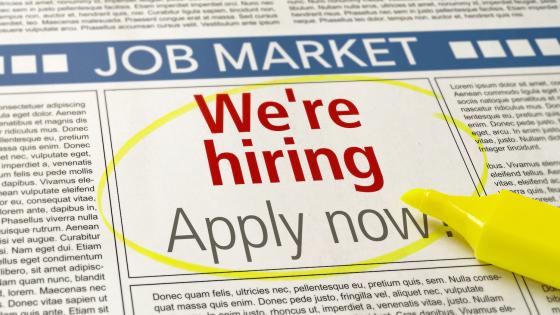DP1459 Changes in Unemployment and Wage Inequality: An Alternative Theory and Some Evidence
This paper offers an alternative theory for the increase in unemployment and wage inequality experienced in the United States over the past two decades. In my model firms decide the composition of jobs and then match with skilled and unskilled workers. The demand for skills is endogenous and an increase in the proportion of skilled workers or their productivity can change the nature of equilibrium such that firms start creating separate jobs for the skilled and the unskilled. Such a change increases skilled wages, reduces unskilled wages and increases the unemployment rate of both skilled and unskilled workers. Although skilled workers are better-off as a result of this change, total social surplus can decrease. A testable implication which distinguishes this theory from others is derived and some evidence in support of this implication is provided.

